By Terry Korolyk
In Terry’s Travels on September 11 in the Birds Calgary Blog, I dealt with how the traditional light-phase Red-tailed Hawks of our area started to change in the new millennium because Rufous morph and Dark morph Red-tails somehow made their way in to the local breeding stock paving the way for others of the same morph. But, not only that, the result of the breeding of mixed pairs produced intergrade Rufous or Dark morph birds with light phase birds further complicating issues by giving the defined colour morphs another outlet to push back the boundaries of local Red-tailed Hawk plumage variation.
Part 2 will deal with Dark morph Red-tailed Hawks and some unusual plumages.
Every Fall, southern Alberta is visited by northern Dark morph races of Red-tailed Hawks, and, of course, every Spring, these birds return northward. As is the case with local light phase Eastern Red-tailed Hawks being influenced by darker morph birds, northerly Dark morph birds have been intergrading more with other colour morphs including northerly light phase birds.
It seems that up to the new millenium, things were very straightforward. The darkest morph Red-tailed Hawk to come down was the Harlan’s Hawk with his blackish plumage; white-streaked breast and throat, and, mottled grayish-white tail with the dusky tip. The next basic dark morph was the Dark-morph Red-tailed Hawk with his dark brown uniform plumage with reddish tail with narrow black bars and a wider black band on the tail tip. The final basic morph was the Rufous-morph Red-tail with dark brown plumage but with a rufous-tinged breast and throat contrasting fairly sharply with the dark brown plumage. It seemed to me that variations from these basic plumages were rare at this time.
Now these morphs are not so rare, and, in the same manner that the local light-phase birds have been changing, so, have these northern races been changing. It seems that finding a pure Dark, or, Rufous morph, or, even a Harlan’s Hawk is becoming more and more difficult with each successive migration. Harlan’s Hawks in our area within the past few years seem to be showing increasingly more amounts of white with either more extensive white streaking on the underparts (or even the upperparts) and on the face. I seldom see anymore a Harlan’s Hawk with the old basic grayish-white mottled tail with the dusky tip. I can recall reading an issue of the American Birding Association’s “Birding” a few years ago that had an excellent article on Harlan’s Hawks. One page was devoted to showing the many different types of patterns Harlan’s Hawks’ tails have. Many I see in our area now seem to have some amount of red on the tail, usually in a wash on the outer half of the tail, but, with some duskiness on the tip as on this bird photographed near Longview on April 6, 2012.

Harlan’s Red-tailed Hawk, April 6, 2012.
This bird, photographed in the hills south of Spruce Meadows Trail on October 9, 2015 is an excellent example of a recent Harlan’s Hawk with white on the face and extensive white streaking on the belly.

Harlan’s Red-tailed Hawk, Oct. 9, 2015.
Another variation of a Harlan’s Hawk was this bird photographed on Highway 549 a few kilometres east of Highway 22 southwest of Calgary on April 6, 2012. Note the blackish plumage, but, also note the extensive unbroken white throat and breast. The tail on this bird was mottled white and had a pale reddish wash on the outer third of the tail, but, in this reddish wash was a moderately wide black subterminal band with 2 narrow wavy black bars above it.

Harlan’s Red-tailed Hawk, April 6, 2012.
These features made me wonder at first if, the bird might be a Harlan’s-light phase intergrade, but, there were no other redeeming features, so, I felt in the end that the bird was another variation of a Harlan’s Hawk. And, of course, there is your old basic Harlan’s Hawk with black plumage and white streaked breast such as this bird photographed on Dunbow Road just east of Highway 2 just outside Calgary City Limits on April 12, 2015.

Harlan’s Red-tailed Hawk, April 12, 2015.
As mentioned, your basic Dark morph Red-tailed Hawk as we used to know it was a uniform dark brown. In recent years, some Dark morph birds have been labelled “vinaceous”by some birders in the United States. This term obviously implies colouration in the shade of wine referring to the colour of the breast and throat hinting at a slight contrast with the darker overall body colour. This seems reasonable to me implying a slight variation in your basic Dark morph plumage. A good example of a possible pure dark morph bird was this one photographed near Shepard near the eastern outskirts of Calgary on September 26, 2015. Although the breast can’t clearly be seen, it was definitely that of a dark morph bird; honest!

Dark morph Red-tailed Hawk, Sept, 26, 2015.
Your basic immature dark morphs had variable amounts of white streaking on the underparts. Your immature Harlan’s Hawk would have more extensive white streaking, but would also show varying amounts of brown on the body. Your immature dark morph bird should show white streaking on the breast and throat and will also have a grayish-white tail with many narrow black bands. A good example of a dark morph immature bird is this one photographed south of Longview a few years ago.

Immature Dark-morph Red-tailed Hawk, April 12, 2015.
Immature Rufous morph birds are similar to dark morphs, but, show more extensive streaking on the underparts covering not only the breast, but also the belly and undertail coverts. Birds of recent years seem to be showing variable amounts of white spotting on the upperparts as well. This bird photographed on 1119 Drive south of Calgary on October 13, 2012 shows the characteristics of being an immature Rufous morph Redtail. The tail is the same as on the dark morph, but, the underwings are not as heavily marked as on a dark morph bird.

Immature Rufous morph Red-tailed Hawk, October 13, 2012.
Many of the dark morph birds that come down are intergrades, most of them seeming to be between Harlan’s and Dark, rather than Rufous. This bird, photographed during a light snowfall south of Priddis on April 7, 2013, shows much brown plumage indicating dark morph parentage. However, the expansive white breast must surely indicate Harlan’s rather than light phase parentage as there doesn’t seem to much else there that would suggest light-phase. The Ground Squirrel, of course, isn’t fussy about who the bird’s parents were.

Dark morph/Harlan’s intergrade Red-tailed Hawk, April 7, 2013.
This is a photograph of a bird that appears to be a Harlan’s-Dark morph intergrade photographed on October 3 2014.

Harlan’s/Dark morph intergrade Red-tailed Hawk, October 3, 2014.
A bird that I had a lot of trouble getting an identification on was a bird I photographed south of Priddis on March 20, 2013. The bird appeared to have sort of a charcoal-coloured plumage looking blackish or dusky with some brownish suffusions. There were no markings on the chest and breast, they were plain charcoal. Given those features, I thought the bird might be a candidate for Dark-morph/Harlan’s intergradation because of the mixing of the black and the brown and, the almost wholly white tail( which can be seen in the photograph) which has few indistinct blurry streaks on it. Because of the large amount of frosty edges on many of the feathers visible in the photograph and because of the white tail, I also considered the bird possibly a candidate for leucism, but, I don’t see any other supporting evidence, and, so in the end, I feel that integradation between the two is probably right. By the way, the foothills in the Priddis-Millarville-Turner Valley-Black Diamond areas are traditionally one of our best areas for seeing Raptors in migration in our area. Here is the photograph.

Harlan’s/Dark morph intergrade Red-tailed Hawk, March 20, 2013.
Rarely, one comes across leucistic Red-tailed Hawks. I am referring to light-phase Red-tails specifically that have very few streaks on the belly and other features. I had never seen a Red-tail like that until just a few years ago. Actually, it was April 17 and 18, 2012 to be exact. On April 17, I was in the Shaw’s Meadow of Fish Creek PP in Calgary. I saw a large Hawk perched on top of a White Spruce tree on the steep south escarpment of Fish Creek. I tried to get a look at it, but couldn’t, so decided to try and take a couple of photos hoping I could identify it from the photos. I did get a couple of shots, but, it wasn’t clear what the bird was as it had its head turned and I couldn’t see the underparts.
The next day, I was in the Glennfield area of the park which is just across the road from Shaw’s Meadow. I was in luck. The bird was there, and, it was perched in the open where I could see it and get a look at it. I took three good photos of it. There were only a few barely noticeable streaks across the belly. The bird flew and I got a good look at the tail; it was white with the outer third pale red, and, in the pale red were three black subterminal bands, the outermost one slightly wider than the other two. Since then, I have seen two other similar birds in our area, but, the three are the only ones of this ilk that I have seen since starting birding in 1987. Here is one of the Glennfield Hawk photos.

Leucistic Light-phase Red-tailed Hawk, April 18, 2012.
On September 27, 2015, I was birding in the hills south of Calgary. It was a beautiful Fall day, sunny and calm. I chanced upon a large Hawk that didn’t look quite right as the plumage and markings didn’t look familiar. The bird was at the 2237 Drive – 1119 Drive junction. I took a frontal shot of the bird and then one from the rear showing the tail. It was juvenile Red-tailed Hawk, but, rather than having your basic brown upperparts, they looked sort of grayish. The tail was your basic juvenile Red-tail banded tail. The frontal shot showed only a few black streaks across the belly. Here are the two shots of the bird. Considering the overall paleness of the bird, I thought it perhaps a light-phase Red-tail/Krider’s Hawk intergrade. My only other possibility would be just a variation of your light-phase Red-tailed Hawk.


Both photos: Possible Krider’s/Light phase Red-tailed Hawk, or Light phase Red-tailed Hawk, Sept. 27, 2015.
The final bird in our account of dark-morph Red-tails and other plumages is a bird I found at Shepard on September 30, 2015. I really had never seen anything like it before as the underparts of white and black were sort of a crazy patchwork quilt. One of the other odd things about the bird was that it had a very long scar down one side of its underbody, not unlike that of a Great Horned Owl in the August 7 story I did on those birds in the Blog. Considering the blackness of the plumage and the face of the bird, I am guessing that perhaps the bird was an immature Harlan’s Hawk, but, it flew before I could get a look at the backside of the bird. Here is the shot of that bird.

Possible immature Harlan’s Red-tailed Hawk, Sept. 30, 2015.
Fall Migration; 2016
As of this date, Fall migration is really starting to ramp up in the Calgary area, Alberta’s 2nd. ever BLUE-WINGED WARBLER was reported at the Inglewood Bird Sanctuary in Calgary on September 6. The 1st. record, also at the Inglewood Bird Sanctuary, was some years ago now. A bird that may have been a JAEGER was reported to have spooked some Gulls off their roost on the shoals on the Bow River at IBS on September 6, while rare Gulls reported to this point in Calgary include an adult LESSER BLACK-BACKED GULL on the Bow River in the vicinity of the Crowchild Trail Bridge on the days of September 5th. and 6th., and, a MEW GULL, also at IBS, on September 6.
The 1st. Rough-legged Hawk of the season was reported at Two Hills on September 16, while another first, an AMERICAN GOLDEN PLOVER; a juvenile; was on the west side of Pine Coulee Reservoir west of Stavely on September 11. Birders are in luck. A HARLEQUIN DUCK has been seen at IBS already this Fall; they don’t usually show up until later in the season. A juvenile, or female, was on the river at the south end of the Sanctuary on September 12. Last year, up to 4 HARLEQUINS made it as far east as Weed Lake at Langdon in the Fall.
There have been many, many reports of BROAD-WINGED HAWKS in the Calgary area this Fall due probably, in part, to the birds appearing in areas which have intense coverage by birders. A juvenile has been seen by many birders in the Hull’s Wood and Boat Launch areas of east Fish Creek PP for about the past week. A juvenile Sharp-shinned Hawk has been hanging out in the same area for about the same length of time. Hunting must be good. Other recent Raptor reports include DARK MORPH Red-tailed Hawks, one at McElroy Slough just northeast of Chestermere Lake on September 14, then, an adult RUFOUS MORPH Red-tailed Hawk seen the next day on 64 Street south of Spruce Meadows. That makes three DARK MORPH Red-tails in our area so far this Fall season.
Up to two Peregrine Falcons have been appearing at the Marsland Basin southeast of Strathmore. The Basin is our best local hotspot for shorebirds recently with most species being reported including a recent WESTERN SANDPIPER. The Basin welcomes all birders. Go north on Range Road 242 from the Namaka Lake road and drive right in and park. There is a guest book if you wish to check in.
Bonaparte’s Gulls are starting to arrive at Chestermere Lake; this site attracts large numbers of this species in the Fall. The first SABINE’S GULLS of the Fall season were reported today, September 16. An adult and an immature bird were seen on Glenmore Reservoir by Bill Wilson. The birds are slightly late; the first arrivals usually show up by the first week in September.
There have been two recent reports of Barn Swallows still feeding young in the nest in southern Alberta. One report comes from Cooking Lake southeast of Edmonton on September 5. Always a good indication that Fall is coming, there have been seven TOWNSEND’S SOLITAIRES reported recently in the Calgary area with Phil Quinn seeing four at the Marsland Basin on September 8. Terry Korolyk observed at least 341 American Robins move from the Millrise subdivision of Calgary to nearby Fish Creek PP, also on September 8. The day was a day with fallout conditions prevailing following a night of rainy, overcast, cool weather. Lastly for this report, a FOX SPARROW was seen at Confederation Park in northwest Calgary on September 7.
Until next time.
































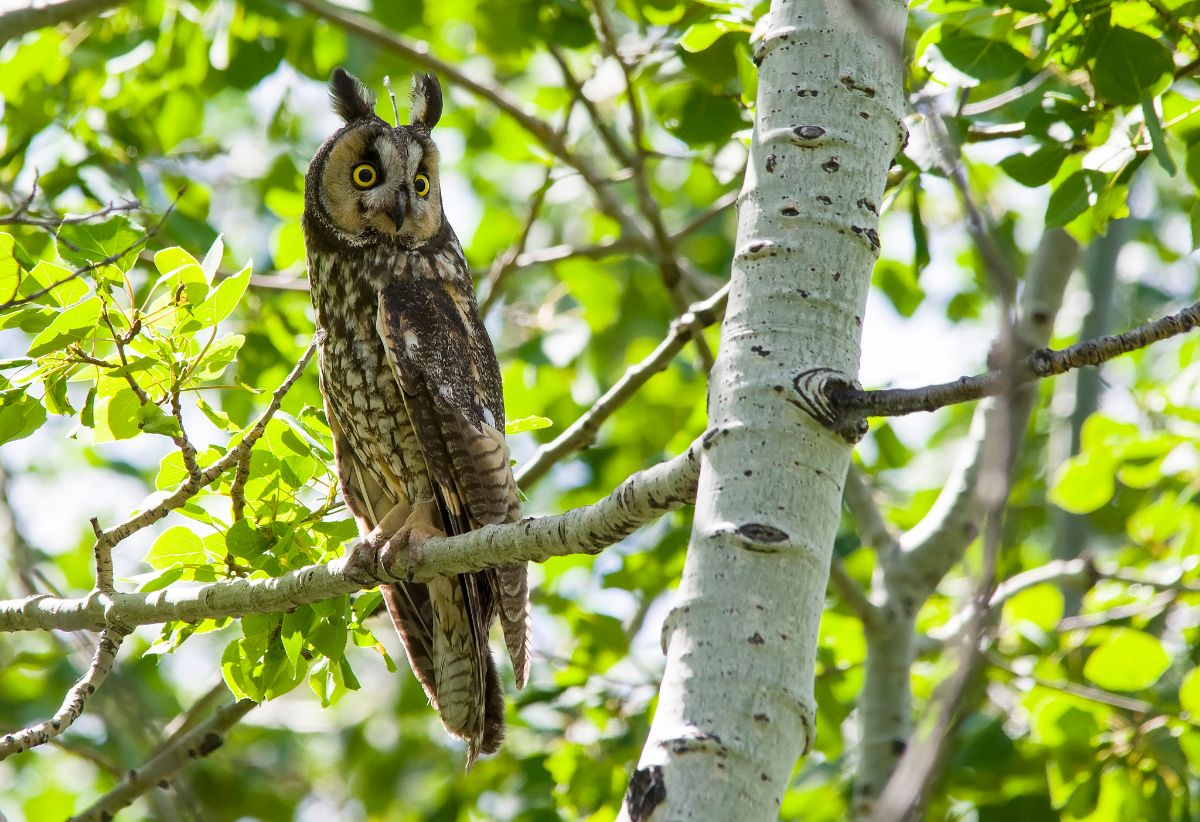
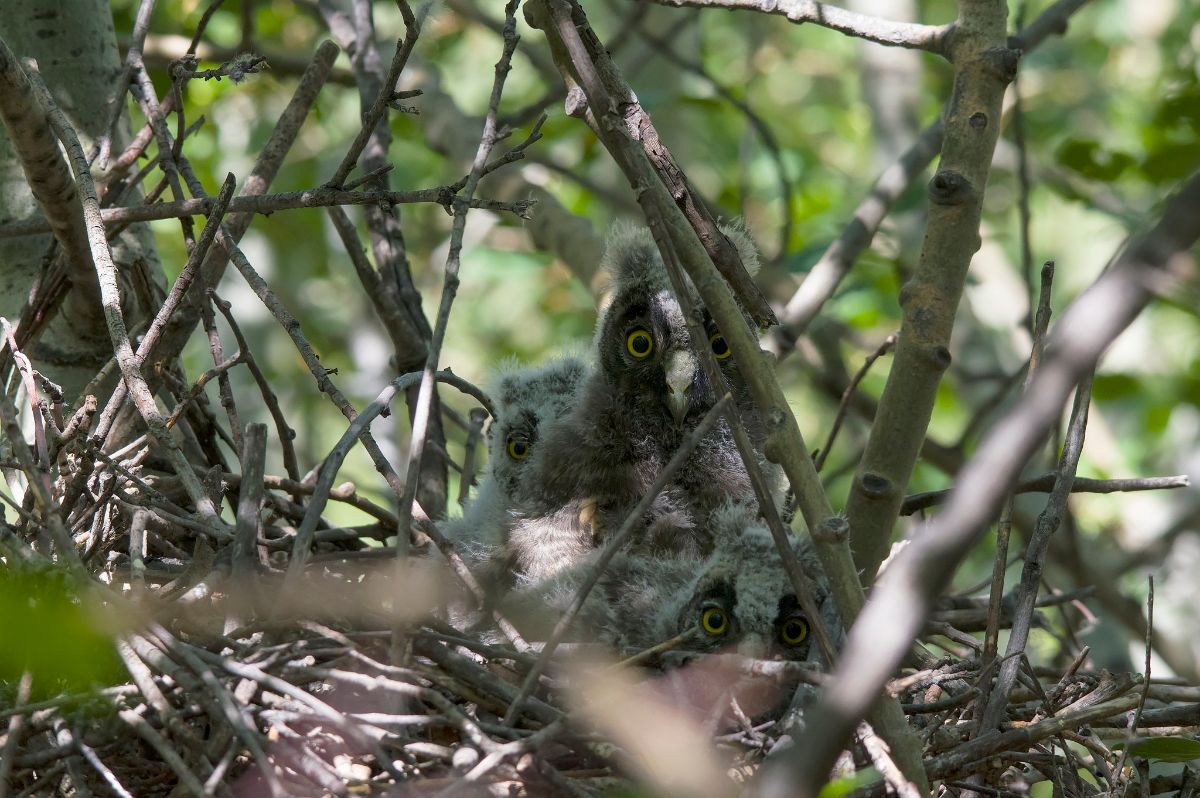
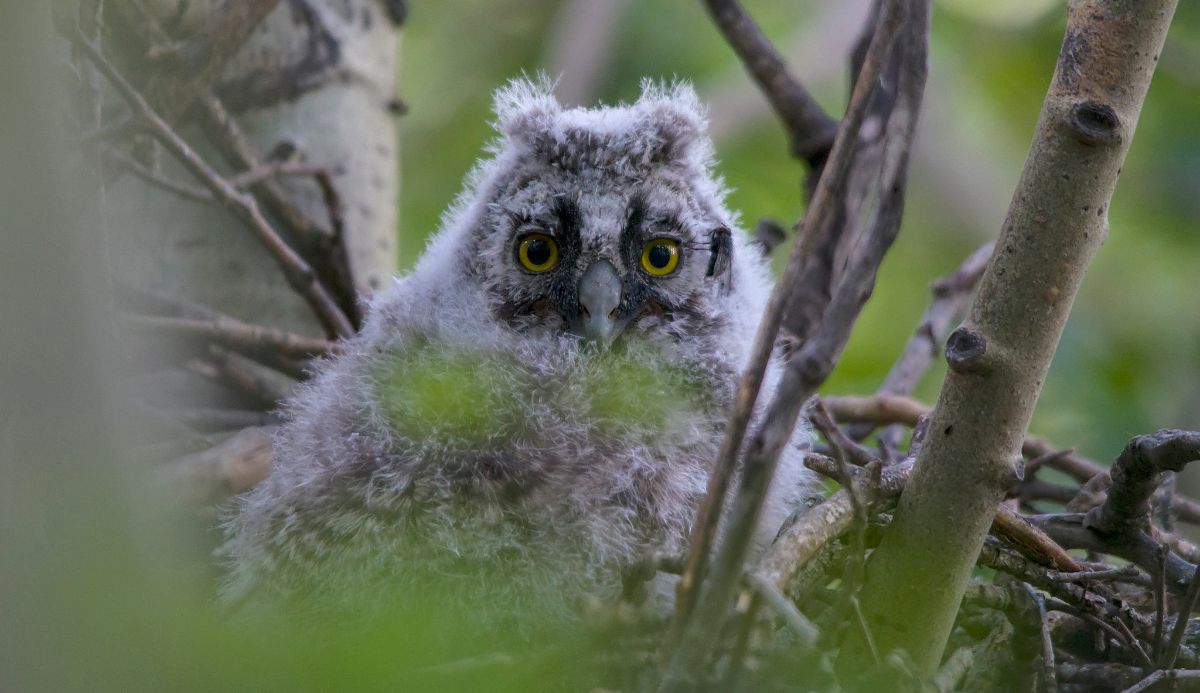
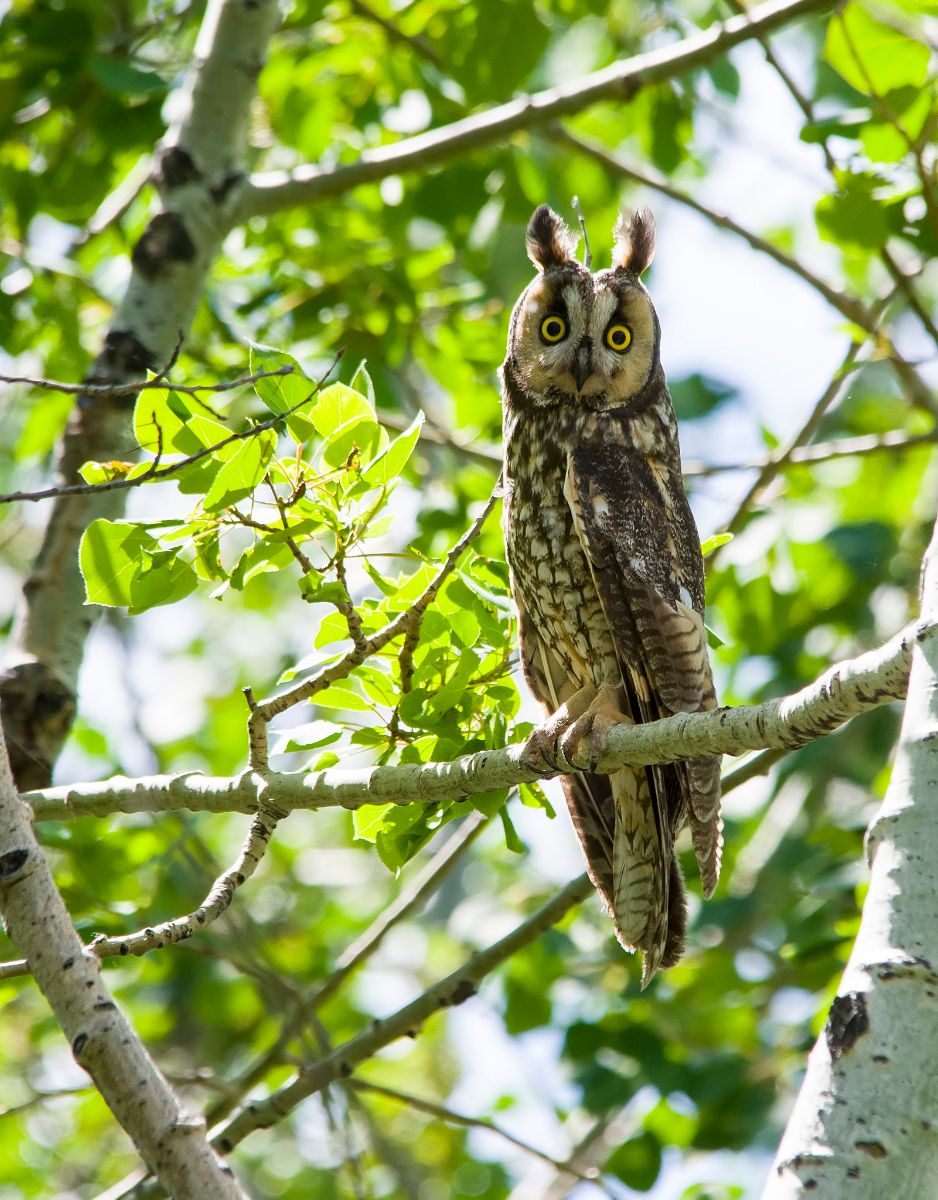
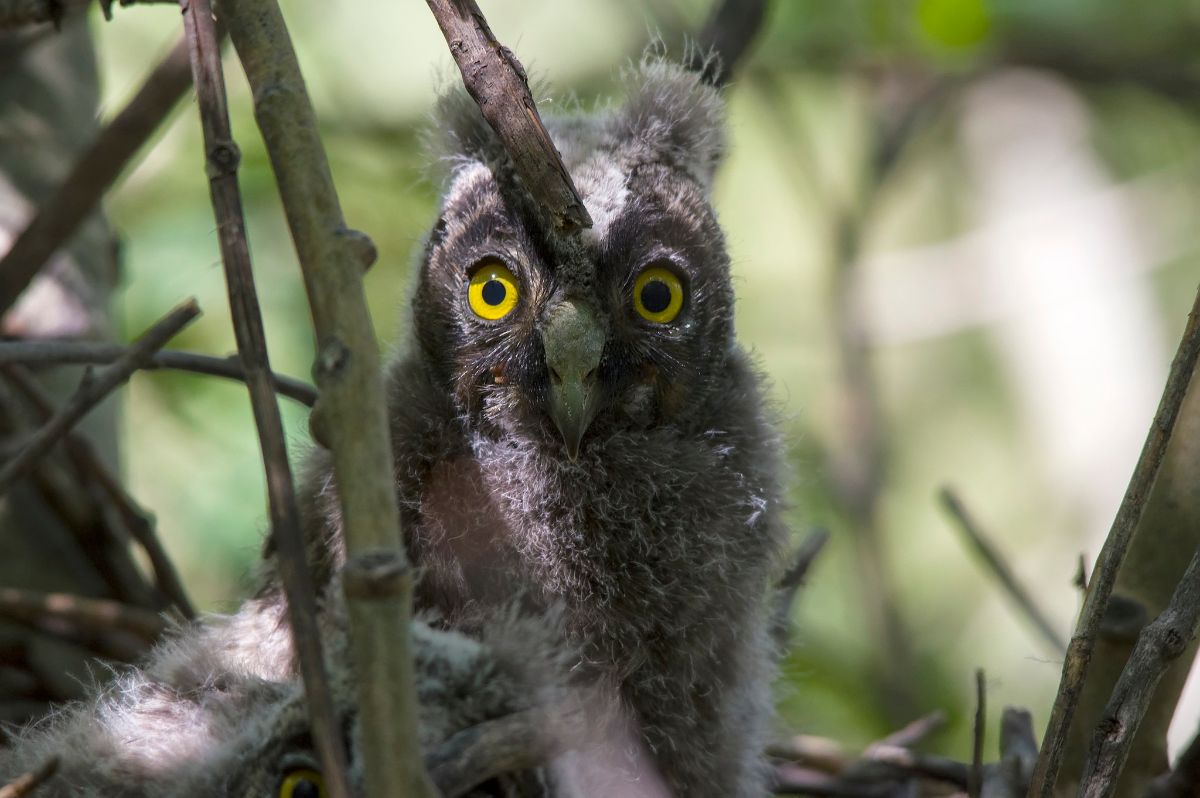
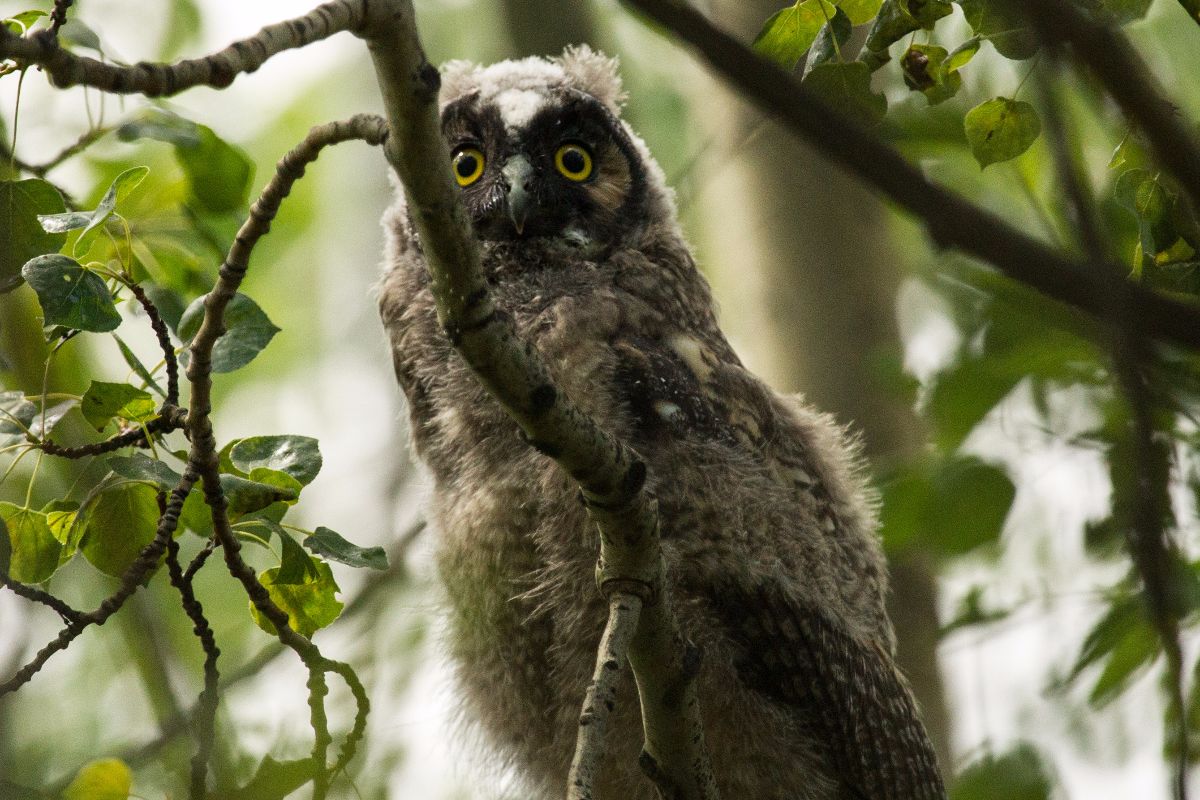
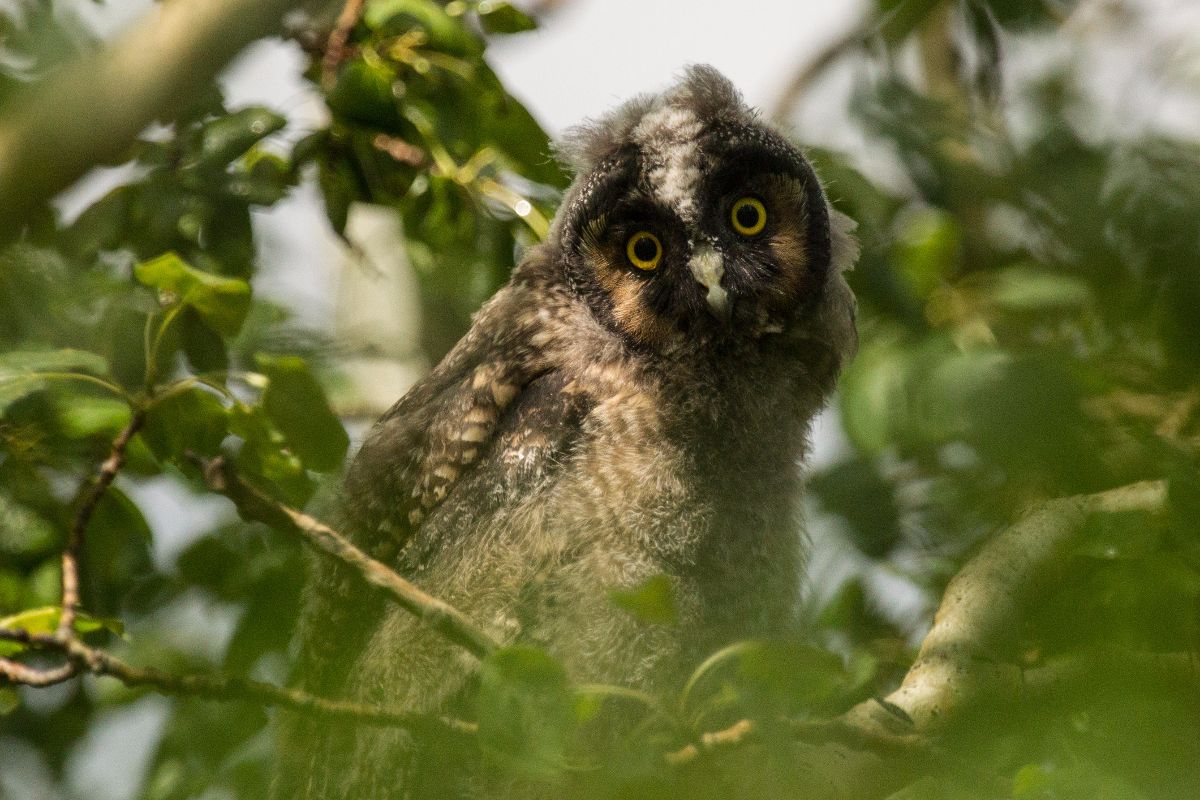
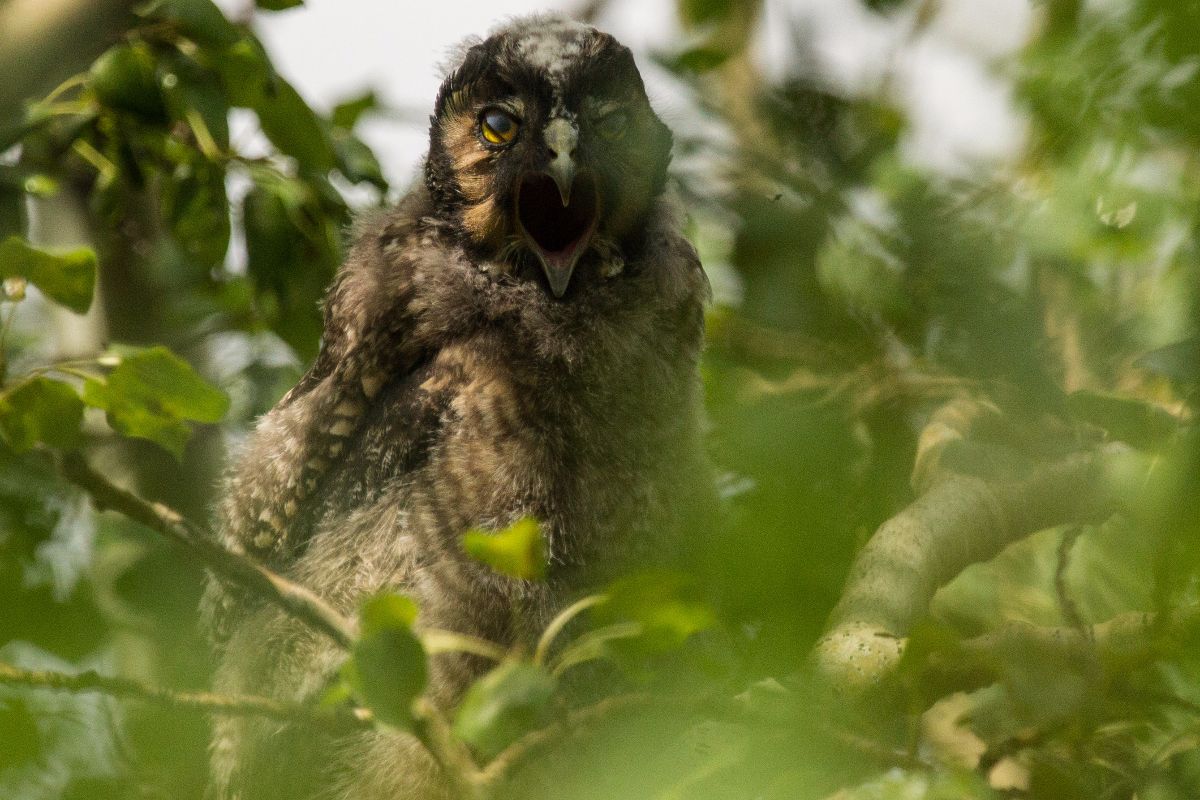
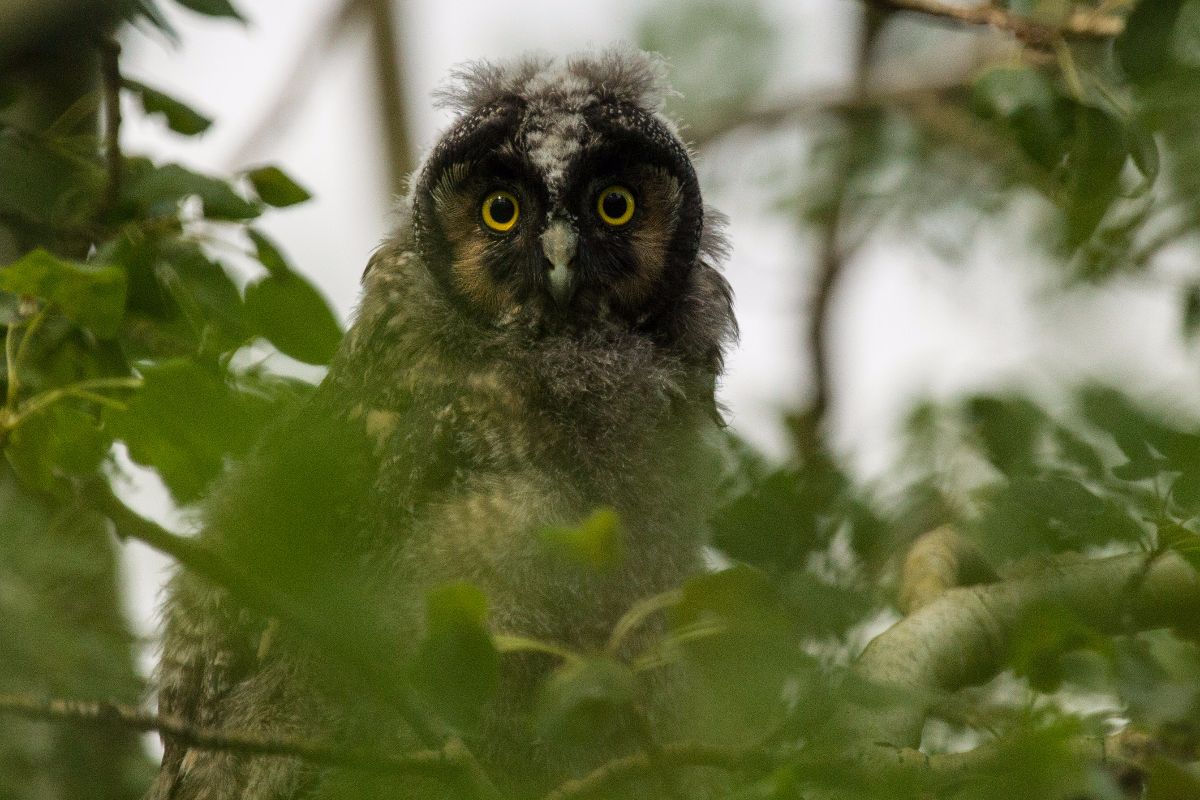
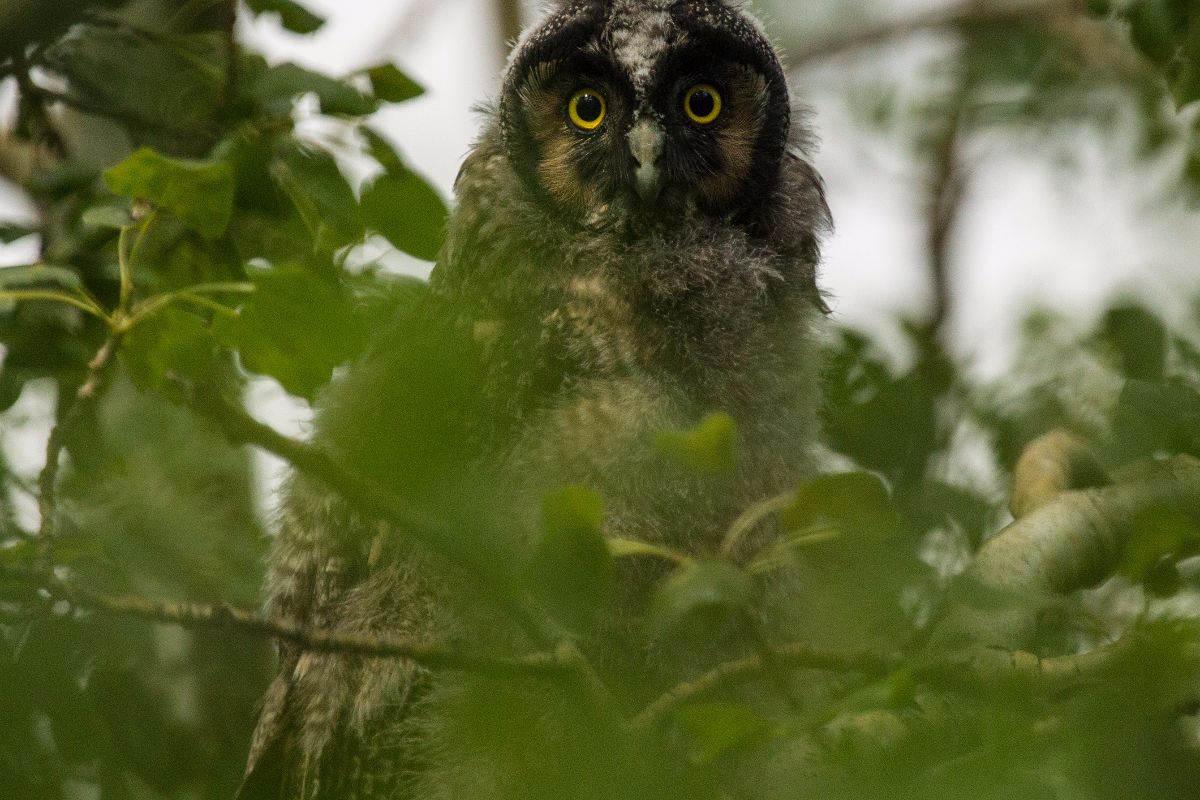


 Long-billed Dowitchers, Frank Lake. September 12, 2013. Photo by Dan Arndt
Long-billed Dowitchers, Frank Lake. September 12, 2013. Photo by Dan Arndt





























